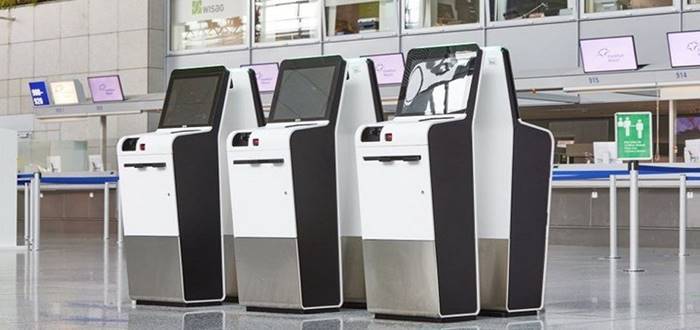The Future of Airports in an Innovative Approach
Air travel has become an essential part of modern life. With more and more people opting to fly, airports need to adapt to meet the changing needs of travelers. The future of airports is not only about modernizing the infrastructure but also about providing a seamless and stress-free travel experience. In this article, we will explore some innovative approaches that airports are taking to cater to the needs of travelers.
Smart Technology
The use of smart technology is rapidly changing the way airports operate. Many airports are already implementing smart systems to improve efficiency and provide a better travel experience. These include self-check-in kiosks, digital wayfinding, and baggage tracking systems.

However, the future of smart technology in airports is even more exciting. For example, biometric technology is becoming increasingly popular. This technology enables travelers to pass through security checkpoints and board flights without having to present their passports or boarding passes. Instead, facial recognition technology is used to confirm the traveler’s identity.
Another innovative technology that airports are adopting is the Internet of Things (IoT). IoT allows airport operators to monitor and control various systems such as lighting, heating, and air conditioning, and security systems in real-time, which reduces energy consumption and increases operational efficiency.
Sustainable Infrastructure
Sustainability is becoming an important issue for many travelers, and airports are no exception. Airports around the world are implementing sustainable infrastructure solutions to reduce their environmental impact. These include using renewable energy, reducing waste, and minimizing carbon emissions.
Amsterdam’s Schiphol Airport is a great example of a sustainable airport. The airport has installed more than 3,000 solar panels, which generate enough energy to power over 1,000 households. The airport has also implemented a waste separation system that separates waste into more than 10 different categories, making recycling more efficient.

Seamless Passenger Experience
Airports are also looking at ways to provide a seamless and stress-free travel experience. One of the most significant issues for travelers is the long waiting times at security checkpoints. To solve this issue, some airports are implementing automated security lanes that use advanced x-ray technology to scan bags and identify potential security threats. This technology can process passengers much faster than traditional security checkpoints, reducing waiting times and making the travel experience less stressful.
Another innovative approach to improve the passenger experience is the introduction of virtual assistants. These assistants provide travelers with real-time information and guidance, making the travel experience more seamless and personalized. Some airports are also implementing robots that can provide information to travelers and help them find their way around the airport.
Conclusion
The future of airports is all about innovation. Airports around the world are implementing new technologies and sustainable infrastructure solutions to improve operational efficiency and provide a better travel experience. With the increasing use of smart technology, sustainable infrastructure, and seamless passenger experience, the future of airports is exciting, and we can expect to see even more innovative approaches in the years to come.


